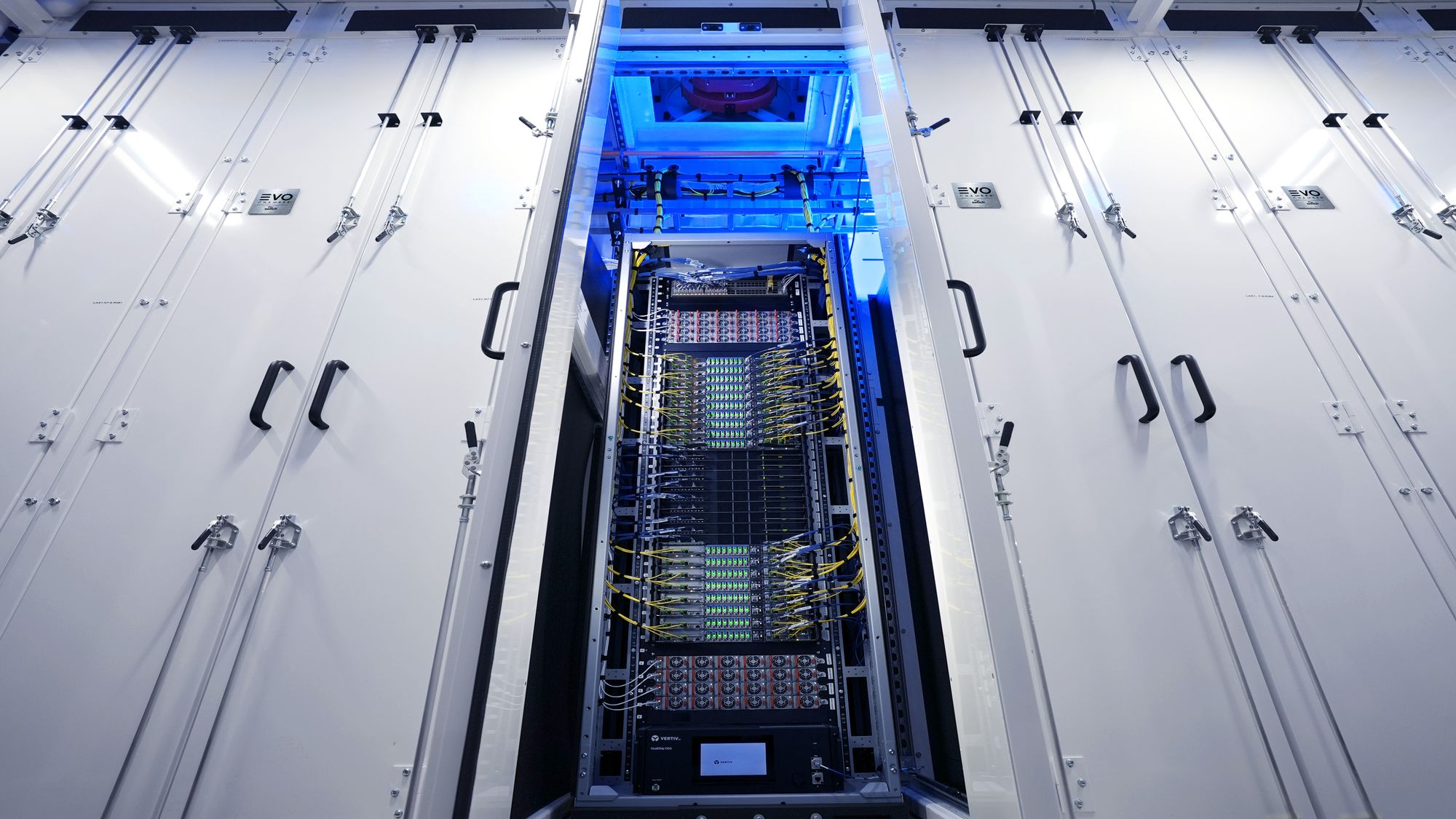CoreWeave to invest $6 billion in Pennsylvania AI center — targeting up to 300 MW capacity, just days after the governor threatened to pull the state from the grid over skyrocketing demand
The company is building a data center in a net power exporter state.

Cloud computing company CoreWeave just announced a $6-billion investment to put up an AI data center with an initial 100 megawatts of capacity that is expected to go as high as 300 megawatts in Lancaster, Pennsylvania. The company says that this project will result in 600 construction jobs and that it will hire up to 175 permanent workers, according to Bloomberg.
The announcement comes about a week after Pennsylvania Governor Josh Shapiro threatened to cut off PJM Interconnection, the grid operator that serves 13 states and Washington, D.C., because of soaring electricity prices brought on by the massive demand of AI facilities. This is going to be a massive issue for the other states that rely on PJM, as Pennsylvania is a net exporter of power and, according to the BAI Group, delivers up to 25% of the power supply to states in the Eastern and Midwestern United States.
This is the second major announcement for CoreWeave in July, after it acquired Core Scientific last week. The purchase adds 1.21 GW to the AI hyperscaler’s capacity, but it’s still targeting to build more AI processing muscle because of the massive demand from developers and cloud providers. “We are seeing continued demand for larger and larger installations,” CoreWeave CEO Michael Intrator said in an interview with Bloomberg. “Three years ago, there were 10 megawatt facilities. Then they became 100 megawatt facilities. Now the conversation is kind of gravitating toward the gigawatt scale.” He also added that he expects the Lancaster site to have its first 100 megawatts of capacity to become available to customers by next year.
The unprecedented growth of AI data centers is putting a strain on the national grid, which is why many tech companies are investing in alternative sources like small modular nuclear reactors. However, we don’t expect these technologies to come online until the early 2030s, if at all. In the meantime, utility companies are scrambling to bring more power sources online and are even postponing the planned shutdown of older plants just to cope.
Other tech companies are becoming more creative in finding their power sources. For example, Elon Musk initially used portable power generators to power his Memphis Supercluster before he got approval for 150 MW from the Tennessee Valley Authority in May this year. Another data center installed a backup power system using old EV batteries, delivering up to 63 megawatt-hours of capacity. Latterly, he confirmed that xAI is buying an entire overseas power plant and shipping it to the U.S..
CoreWeave’s announcement might be a strategic move to build a data center in a state that’s a net power exporter. This helps the company hedge its bets and ensure that it will have an ample power supply for its operations, an issue that many data center operators face and even affects residential neighborhoods in their vicinity.
Follow Tom's Hardware on Google News to get our up-to-date news, analysis, and reviews in your feeds. Make sure to click the Follow button.
Get Tom's Hardware's best news and in-depth reviews, straight to your inbox.

Jowi Morales is a tech enthusiast with years of experience working in the industry. He’s been writing with several tech publications since 2021, where he’s been interested in tech hardware and consumer electronics.